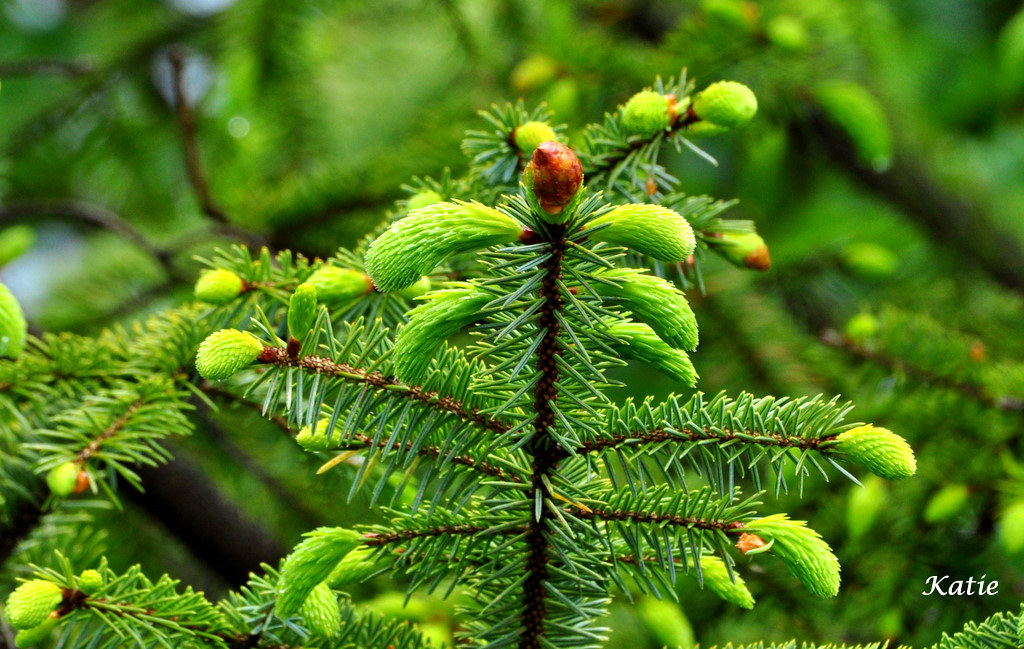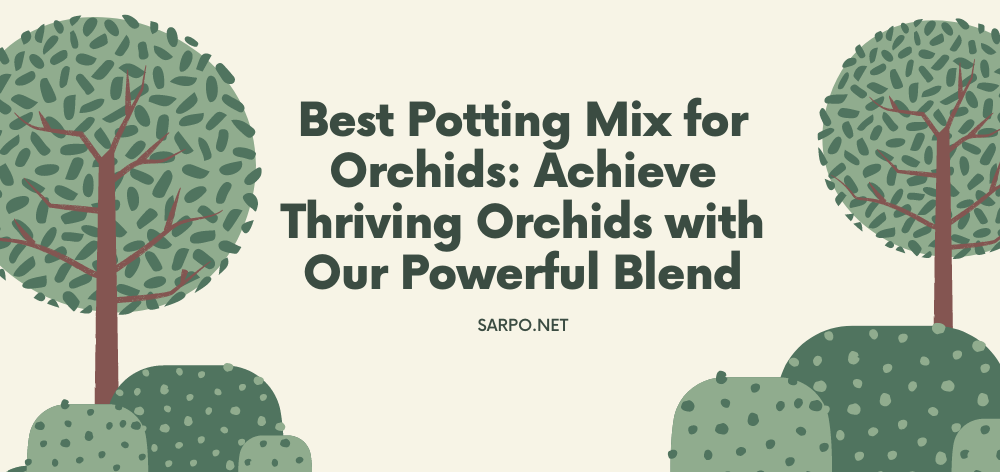How Do Macadamia Nuts Grow
Macadamia nuts grow in clusters on trees, and it takes an average of four to five years for them to start producing crops. These nuts are mainly grown in Australia and Hawaii due to the unique environmental conditions required, such as volcanic soil, tropical temperatures, and sufficient rainfall.
Macadamia trees are considered a long-term crop, taking seven years before commercially viable yields are achieved. The high cost of macadamia nuts can be attributed to their limited availability and the time it takes for the trees to reach maturity. Despite their expense, macadamia nuts are highly sought after for their natural sweetness and rich buttery oils.
The Growth Process Of Macadamia Nuts
Macadamia nuts grow in clusters on trees and take an average of four to five years to start cropping. It takes seven years before commercially viable yields are obtained. Macadamia trees require specific environmental conditions, such as volcanic soil, tropical temperatures, and rainfall, which makes them mainly grown in Hawaii.
Overview Of The Growth Process
Macadamia nuts, known for their rich and buttery flavor, are a delicious and nutritious nut that grows on trees. The growth process of macadamia nuts is a fascinating journey, starting from the planting of a macadamia tree to the harvesting of mature nuts. It is a long-term crop that requires patience and nurturing before it can produce commercially viable yields. Understanding the growth process of macadamia nuts can provide valuable insights for those interested in cultivating these delightful nuts.
Stages Of Macadamia Nut Growth
- Planting: The process begins with the planting of macadamia tree seeds or seedlings. It takes approximately four to five years for the tree to reach maturity, making it ready for the next stage.
- Flowering: Macadamia trees produce beautiful and fragrant flowers. These flowers are pollinated either by insects or by the wind, leading to the formation of nuts.
- Nut Formation: After successful pollination, the flowers develop into small green nuts. These nuts continue to grow and mature over time.
- Ripening: As the nuts mature, they undergo a color change, transitioning from green to a golden or brown hue. At this stage, the nuts are almost ready for harvesting.
- Harvesting: The final stage is the harvesting of the mature nuts. This typically occurs between seven to ten years after the initial planting. Harvesting is done by hand or with mechanical devices, then the nuts are processed and prepared for consumption.
Factors Affecting Macadamia Nut Growth
| Factor | Description |
|---|---|
| Climate | Macadamia trees thrive in subtropical regions with a specific combination of temperature, rainfall, and sunlight. They require a frost-free climate and a consistent supply of water. |
| Soil | Macadamia trees prefer well-drained soil with a pH level between 5.5 and 6.5. They require soil rich in organic matter and nutrients to support their growth. |
| Pollination | Proper pollination is crucial for the production of macadamia nuts. The presence of pollinators, such as bees, is essential for the transfer of pollen between flowers. |
| Pest and Disease Management | Macadamia trees are susceptible to various pests and diseases, such as macadamia nutborer and Phytophthora root rot. Proper pest and disease management practices are necessary to ensure healthy nut growth. |
| Pruning and Maintenance | Regular pruning and maintenance of macadamia trees help promote better air circulation, sunlight penetration, and overall tree health. This contributes to the optimal growth of macadamia nuts. |
Understanding the growth process and the factors that affect macadamia nut growth can help farmers and enthusiasts successfully cultivate these delightful nuts. With the right conditions and care, macadamia trees can provide a bountiful harvest of delicious and nutritious nuts.
Planting And Cultivating Macadamia Trees
If you’re interested in growing your own macadamia nuts, planting and cultivating macadamia trees is the first step to take. Macadamias are a long-term crop, with an average of four to five years from planting before they start to produce nuts. It takes about seven years before you can expect commercially viable yields from your macadamia trees.
Best Practices For Planting Macadamia Trees
When it comes to planting macadamia trees, there are a few key factors to consider to ensure successful growth. Here are some best practices to follow:
- Choose a well-drained location that receives full sun.
- Prepare the soil by digging a hole that is wide and deep enough to accommodate the root ball of the tree.
- Mix organic matter, such as compost or well-rotted manure, into the soil to improve its nutrient content.
- Plant the macadamia tree in the hole, making sure that the bud union is above the soil level.
- Backfill the hole with soil, gently firming it around the tree’s roots.
- Water the newly planted tree thoroughly and mulch around the base to conserve moisture.
Choosing The Right Cultivars For Macadamia Nut Production
When selecting cultivars for macadamia nut production, it’s important to choose varieties that are well-suited to your climate and growing conditions. Consider factors like frost tolerance, disease resistance, and overall productivity. Here are a few popular cultivars to consider:
| Cultivar Name | Characteristics |
|---|---|
| Bailey | High yield, good flavor |
| Beaumont | Large nuts, moderate yield |
| Hawaii 344 | Early bearing, disease resistant |
Proper Care And Maintenance Of Macadamia Trees
To ensure healthy growth and maximum nut production from your macadamia trees, it’s crucial to provide proper care and maintenance. Here are some essential practices to follow:
- Regularly water the trees, especially during dry periods, to keep the soil consistently moist.
- Apply a balanced fertilizer specifically formulated for macadamia trees according to the recommended dosage.
- Prune the trees annually to maintain their shape and remove any dead or diseased branches.
- Monitor for pests and diseases, such as macadamia felted coccid and root rot, and take appropriate measures for control.
- Harvest the nuts when they are fully mature, usually after they have fallen from the tree naturally.
By following these best practices and providing the necessary care, you can successfully plant and cultivate macadamia trees, and enjoy the bountiful harvest of delicious macadamia nuts in the years to come.
The Lifecycle Of Macadamia Nuts
Macadamia nuts grow in clusters on trees, taking an average of four to five years to begin cropping and seven years to reach commercially viable yields. They are grown in various regions worldwide, with Australia and Hawaii being the most prominent producers due to their unique environmental conditions.
Macadamia nuts are prized for their natural sweetness and buttery oils, but they can be costly due to the time and effort required to cultivate and harvest them.
From Seed To Sapling: The Germination Process
The lifecycle of macadamia nuts begins with the germination process. It all starts with a macadamia nut seed that falls onto the ground or is planted intentionally. The nut seed is covered with a hard outer shell, which needs to be cracked to allow the inner seed to germinate.
Once the shell is cracked, the inner seed begins to germinate. It absorbs water from the soil and swells, causing the seed coat to split open. From the split, a root emerges, followed by a shoot. This is the beginning of the macadamia nut’s journey towards becoming a mature tree.
Vegetative Growth And Development
After the macadamia nut seed has successfully germinated, it goes through a period of vegetative growth and development. During this phase, the young plant focuses on building a strong root system and developing leaves to gather energy from the sun.
The macadamia sapling starts producing leaves, and as it grows, it starts to form a sturdy trunk. The sapling’s primary goal during this stage is to establish a strong foundation, preparing itself for future growth and fruit production.
Flowering And Pollination
Once the macadamia tree has reached a certain level of maturity, it enters its flowering stage. Typically, it takes around five to seven years from the initial planting for a macadamia tree to start producing flowers.
The flowers of the macadamia tree are small and inconspicuous, arranged in clusters called inflorescences. These clusters contain both male and female flowers. The male flowers release pollen, which is carried by wind or insects to the female flowers for pollination.
Successful pollination is crucial for the development of macadamia nuts. If the flowers are adequately pollinated, they will develop into fruit.
Fruit Development And Maturation
After successful pollination, the macadamia tree’s flowers develop into fruit. The fruit of the macadamia tree is a hard-shelled nut enclosed in a green husk. As the nut grows, the husk matures and eventually turns brown. This is a sign that the nuts are approaching maturity.
It takes several months for the macadamia nuts to fully mature. Once they are ready, the husks split open, revealing the hard shell that encases the edible kernel. The nuts are then harvested when they are ripe and fall to the ground or are collected directly from the tree.
It’s important to note that macadamia nuts are not produced in large quantities until the tree reaches full maturity, which can take up to seven years or more. However, once the tree starts producing, it can continue to bear fruit for decades.
Harvesting And Processing Macadamia Nuts
Growing macadamia nuts is a labor-intensive process that requires careful timing and precise techniques for harvesting and processing. Macadamia nuts are typically grown in clusters on trees and take several years to reach maturity. Once they have reached the desired stage of growth, it is essential to know when and how to harvest them to ensure optimal flavor and quality. In this article, we will explore the best practices for harvesting macadamia nuts and the post-harvest processing and storage techniques.
When To Harvest Macadamia Nuts
Timing is crucial when it comes to harvesting macadamia nuts. The nuts should be left on the tree until they are fully mature, which is determined by their moisture content and color. Generally, macadamia nuts are ready for harvest when they have turned a golden or creamy brown color and have a moisture content of around 20-25%. This usually occurs between the months of March and August, depending on the specific variety and growing region.
Techniques For Harvesting Macadamia Nuts
Harvesting macadamia nuts requires careful attention to minimize damage to the nuts and the tree. One common method is hand-picking, where the nuts are gently plucked from the branches. Another technique is using mechanical tree shakers, which vibrate the tree to loosen the ripe nuts, allowing them to fall to the ground to be collected. When hand-picking, it is important to wear gloves to protect your hands from the sharp outer shell and to avoid dropping the nuts from a height that could cause damage.
Following the harvest, the fallen nuts should be gathered promptly to prevent pest infestation, rotting, or mold growth. This can be done by spreading a tarp or net underneath the tree to catch the nuts as they fall. Once collected, the outer shell of the macadamia nuts needs to be removed to reveal the edible kernel inside. This can be achieved using specialized cracking machines or by hand using a hammer or nutcracker.
Post-harvest Processing And Storage
After the macadamia nuts have been harvested and cracked, they must go through post-harvest processing to ensure their quality and longevity. This typically involves drying the nuts to reduce moisture content and prevent spoilage. The drying process can take anywhere from a few days to a few weeks, depending on the desired moisture level.
Once dried, the nuts should be stored in a cool, dry, and well-ventilated area to maintain their freshness. Proper storage is crucial to prevent the nuts from becoming rancid and losing their flavor. It is recommended to store them in airtight containers or resealable bags to protect them from moisture and air exposure. When stored under the right conditions, macadamia nuts can maintain their quality for up to a year.
Overall, the harvesting and processing of macadamia nuts require careful attention to detail and adherence to proper techniques for optimal results. By following these guidelines, growers can ensure the production of high-quality macadamia nuts that are enjoyed by consumers worldwide.
Geographic Considerations For Macadamia Nut Growth
Macadamia nuts grow in clusters on trees, taking about four to five years from planting before they start cropping. The nuts are typically commercially viable after seven years, and the tree requires specific environmental conditions, such as volcanic soil and tropical temperatures, like those found in Hawaii.
Macadamia Nut Production In Different Regions
The growth and production of macadamia nuts are influenced by geographical considerations. While the macadamia nut originated and is primarily grown in Australia, commercial production is concentrated in Hawaii. However, the cultivation of these delicious nuts has spread to other countries in Latin America, Africa, and Asia. Each region has its own unique environmental conditions that impact the growth and quality of macadamia nuts. Let’s explore the ideal growing conditions for macadamia nuts in different regions.
Ideal Growing Conditions For Macadamia Nuts
Macadamia nuts thrive in specific climatic conditions, which play a crucial role in their growth and development. Ideal growing conditions include a combination of volcanic soil, tropical temperatures, and adequate rainfall. These factors are similar to the special environmental conditions found in Hawaii, where macadamia nuts are commercially produced. However, other regions have also successfully cultivated these nuts by creating suitable microclimates and employing various cultivation techniques.
To give you a better understanding, here are some key factors that contribute to the ideal growing conditions for macadamia nuts:
- Soil: Macadamia trees prefer well-drained, fertile soil with a pH between 5.5 and 6.5. The soil should be rich in organic matter and minerals to support healthy growth and nut production.
- Temperature: Macadamia trees require warm temperatures to flourish. The ideal temperature range for optimal growth is between 65°F (18°C) and 82°F (28°C). However, they can tolerate temperatures as low as 28°F (-2°C) for short periods.
- Rainfall: Macadamia trees require a consistent water supply throughout the year. They thrive in regions with an annual rainfall of around 60 inches (1500mm) evenly distributed. However, they can also tolerate short periods of drought once established.
- Sunlight: Macadamia trees need full sun exposure to ensure healthy growth and abundant nut production. They typically require a minimum of 6 to 8 hours of direct sunlight per day.
Challenges And Solutions In Macadamia Nut Cultivation In Various Climates
While macadamia nuts can be cultivated in different regions, each climate presents its own set of challenges. Let’s take a look at some common challenges faced in macadamia nut cultivation and the solutions employed to overcome them:
- Frost: Macadamia trees are sensitive to frost, which can damage or kill young shoots and flowers. To protect them from frost, farmers may use irrigation systems or employ methods like installing windbreaks and using overhead sprinklers to create a frost protection layer.
- Drought: Macadamia trees require adequate water to thrive, making drought conditions a challenge. To combat drought, farmers implement efficient irrigation systems, mulching techniques, and water conservation practices.
- Pests and Diseases: Macadamia nuts are susceptible to various pests and diseases, including macadamia felted coccid, macadamia nutborer, and phytophthora root rot. Integrated pest management strategies, regular monitoring, and appropriate fungicide applications are essential for pest and disease control.
- Soil Management: Maintaining proper soil health is crucial for macadamia nut production. Regular soil testing, amendments, and sustainable soil management practices help ensure nutrient-rich soil, preventing nutrient deficiencies and alleviating drainage issues.
In conclusion, macadamia nut production is influenced by geographic considerations. While commercial production is concentrated in Hawaii, other regions have also successfully cultivated these nuts. Ideal growing conditions for macadamia nuts include volcanic soil, tropical temperatures, and adequate rainfall. However, challenges such as frost, drought, pests, and diseases need to be addressed for successful cultivation. By employing appropriate techniques and management practices, farmers can overcome these challenges and produce high-quality macadamia nuts in various climates.
Credit: en.wikipedia.org
Frequently Asked Questions For How Do Macadamia Nuts Grow
Why Do Macadamia Nuts Only Grow In Hawaii?
Macadamia nuts only grow in Hawaii because of the unique combination of volcanic soil, tropical temperatures, and rainfall, which create the ideal conditions for their growth.
Why Shouldn’t You Eat A Lot Of Macadamia Nuts?
Eating excessive macadamia nuts can be harmful due to their high-fat content. It is recommended to consume them in moderation to avoid weight gain and potential health issues.
Why Macadamia Nuts Are So Expensive?
Macadamia nuts are expensive because they have a limited growing area, a long growing period of 4-5 years before production, and high labor costs. Additionally, their unique combination of volcanic soil, tropical temperatures, and rainfall, like in Hawaii, is necessary for optimal growth.
How Many Years Does It Take For A Macadamia Tree To Produce Nuts?
A macadamia tree typically takes four to five years from planting before it starts producing nuts.
Conclusion
Growing macadamia nuts requires patience and specific environmental conditions. They thrive in volcanic soil, tropical temperatures, and abundant rainfall, which is why they are primarily grown in Hawaii. It takes about four to five years from planting for macadamia trees to start producing nuts and seven years for commercially viable yields.
Despite the lengthy wait, the unique flavor and buttery texture of macadamia nuts make them worth the investment.
Related Articles
10 Best Small Evergreen Trees with Non Invasive Roots
 Dr Ahsanur Rahman, PHD
Dr Ahsanur Rahman, PHDPine Tree Rescue: Saving Pine Trees with Brown Needles
 Dr Ahsanur Rahman, PHD
Dr Ahsanur Rahman, PHD






